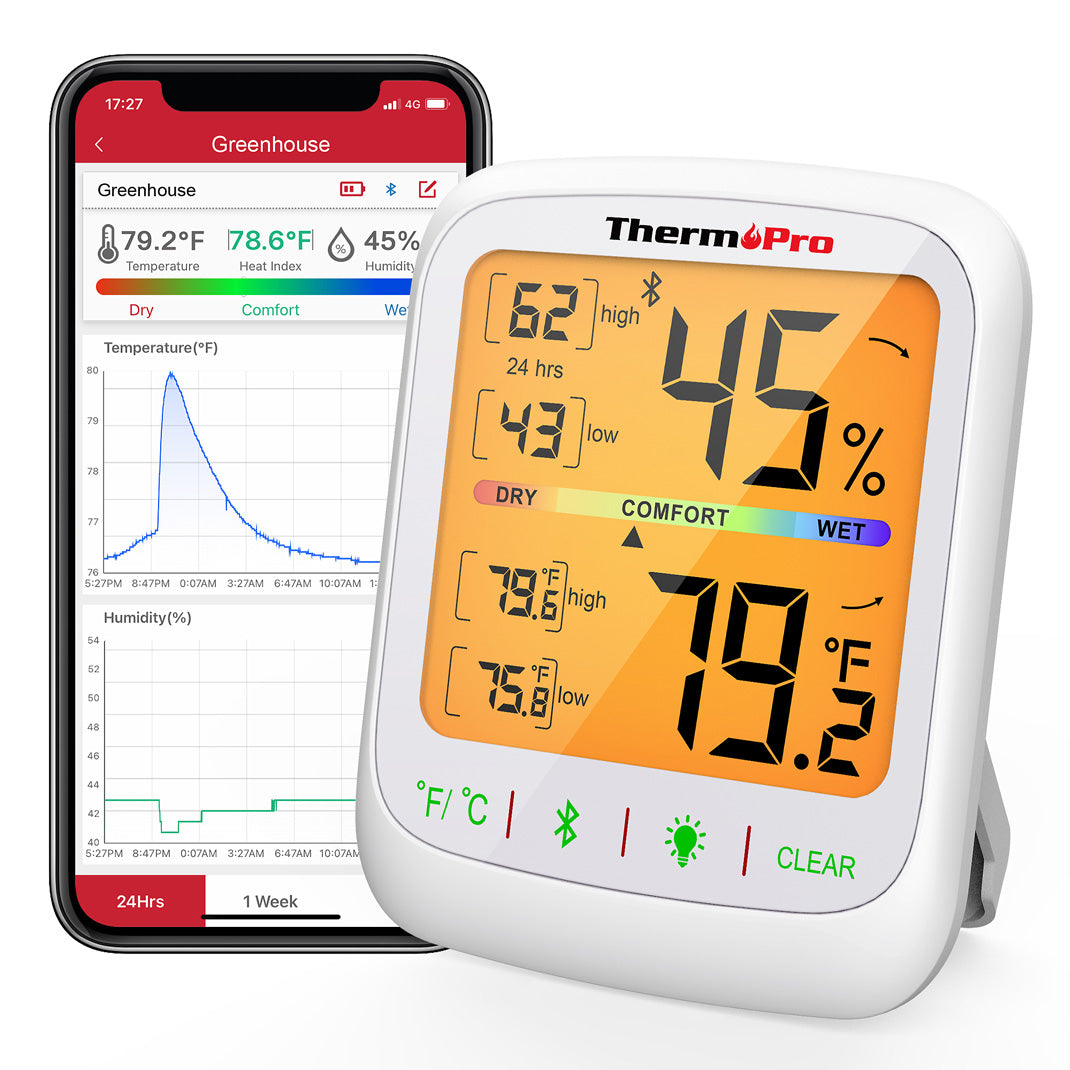How to Reduce Humidity in the Bathroom
Now that we’ve established the importance of managing bathroom humidity and how to monitoring the humidity and temperature, let’s explore effective strategies to reduce moisture in the bathroom. By implementing a few simple changes, you can keep your bathroom dry, fresh, and mold-free.
1. Ventilation Is Key: Use Exhaust Fans
One of the most effective ways to reduce humidity in the bathroom is by improving ventilation. Bathrooms need to expel the humid air generated from hot showers, baths, and other activities. The easiest way to do this is by using an exhaust fan.
Make sure to run the exhaust fan for at least 20-30 minutes after you shower. This will help remove the humid air from the bathroom and allow fresh air to circulate.
2. Open Windows and Doors
If your bathroom has a window, it’s a good idea to open it during and after showering to allow moist air to escape and fresh air to enter. This natural ventilation can go a long way in helping to decrease humidity in the bathroom. Similarly, leaving the bathroom door open when possible allows the air to circulate more freely and prevents moisture from getting trapped.
3. Use a Dehumidifier
In cases where ventilation alone isn’t enough to handle moisture in the bathroom, a dehumidifier can be a great solution. A dehumidifier pulls moisture from the air and stores it in a tank, effectively reducing humidity levels.
Place a compact dehumidifier in your bathroom, and make sure to empty the water tank regularly.
4. Invest in a Humidity-Sensitive Thermostat
A thermostat designed to control humidity can help keep your bathroom comfortable and free from excess moisture. These devices can automatically adjust your ventilation or dehumidification systems when humidity levels rise beyond a certain threshold.
5. Install a Shower Door or Curtain
Another way to help manage bathroom humidity is by limiting the amount of steam and moisture produced during a shower. Installing a shower door or curtain will help contain the steam, reducing the overall humidity levels in the bathroom. Additionally, make sure to regularly wipe down your shower walls and ceiling to prevent water buildup.
6. Use Absorbent Materials
Consider using moisture-absorbing materials in your bathroom. Products like silica gel packets, moisture-absorbing bags, or baking soda can help reduce excess moisture in the air. Placing them in hidden corners or behind fixtures can help maintain a drier atmosphere.
7. Keep Bathroom Surfaces Dry
Make it a habit to dry off bathroom surfaces after each use. Wipe down mirrors, tiles, sinks, and countertops to prevent excess water from lingering. This will not only reduce moisture but also help prevent mildew buildup on your bathroom surfaces.
8. Seal Gaps and Cracks
Check for any gaps or cracks in the bathroom that might allow moisture to seep in from outside. Use sealant or caulking to close up gaps around windows, doors, and pipes. Proper sealing will help to remove humidity from the bathroom by keeping the moist air out.
9. Install a Heated Towel Rack
If your bathroom tends to be particularly damp, consider installing a heated towel rack. The warm, dry towels will help absorb moisture from the air, reducing humidity and leaving your bathroom feeling fresher. Plus, it’s a luxurious addition to your space.
Conclusion
Reducing humidity in the bathroom is crucial for both the preservation of your home and the health of its inhabitants. With high moisture levels, you risk damaging bathroom surfaces, encouraging mold growth, and lowering air quality. By taking steps such as improving ventilation, using dehumidifiers, and employing moisture-absorbing materials, you can keep your bathroom comfortable and dry.
To effectively monitor bathroom humidity and ensure it stays within the ideal range, the ThermoPro TP350 Bluetooth Hygrometer Thermometer is an excellent tool to track real-time readings. Whether you’re looking to remove humidity from your bathroom or simply maintain a comfortable atmosphere, following these tips will help you achieve a moisture-free, healthy bathroom.






 288 Comments
288 Comments























